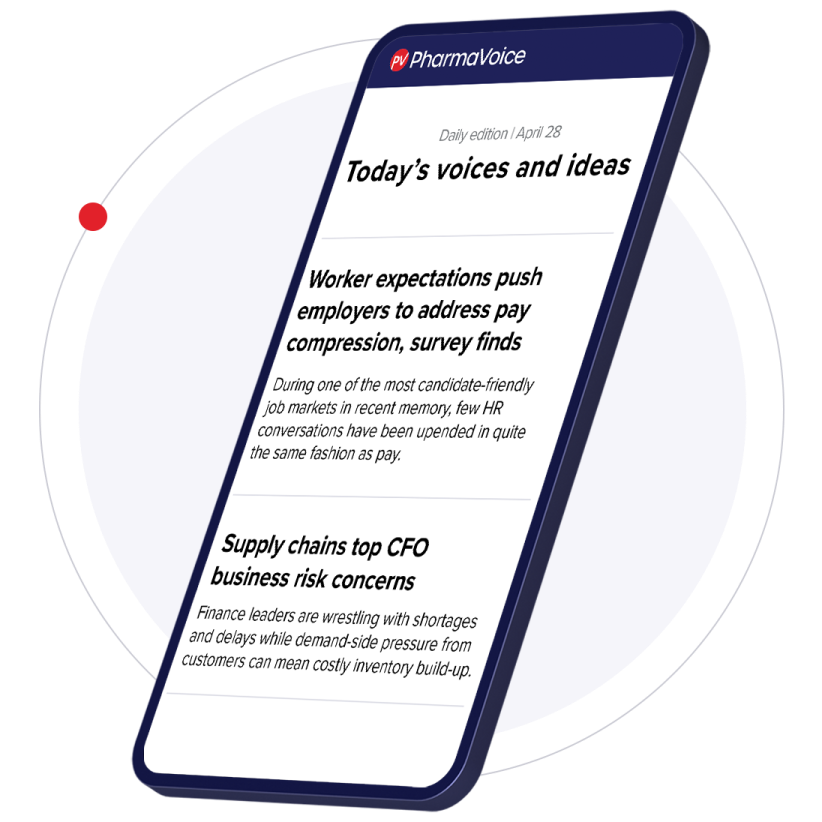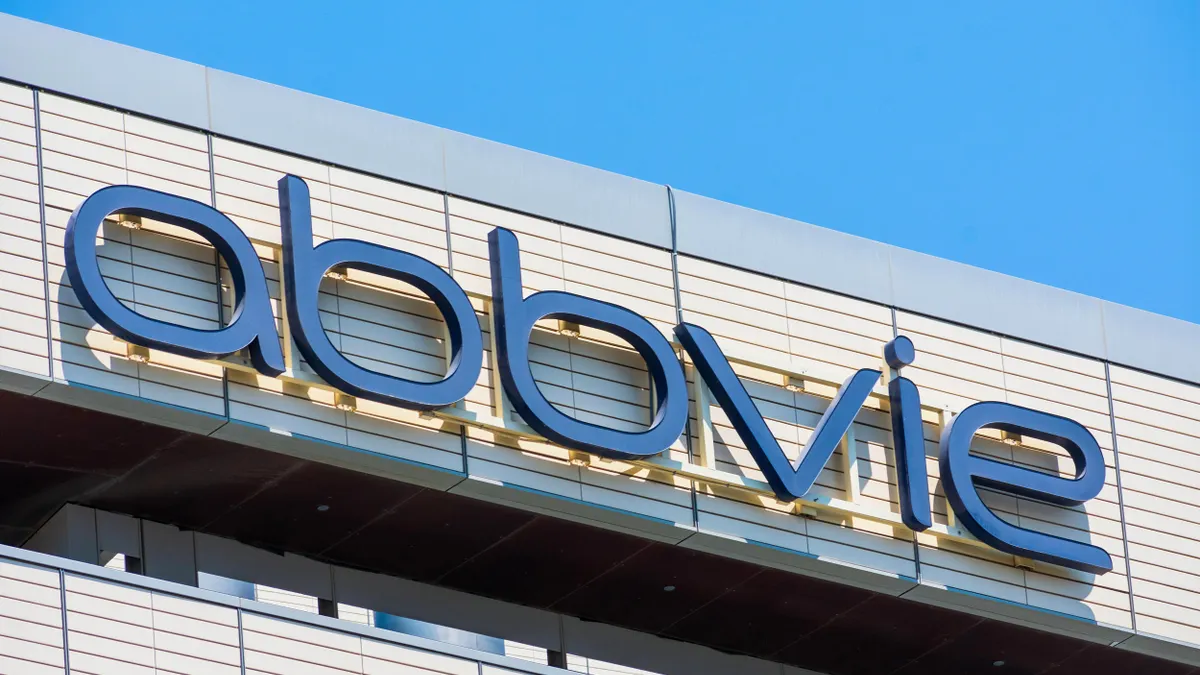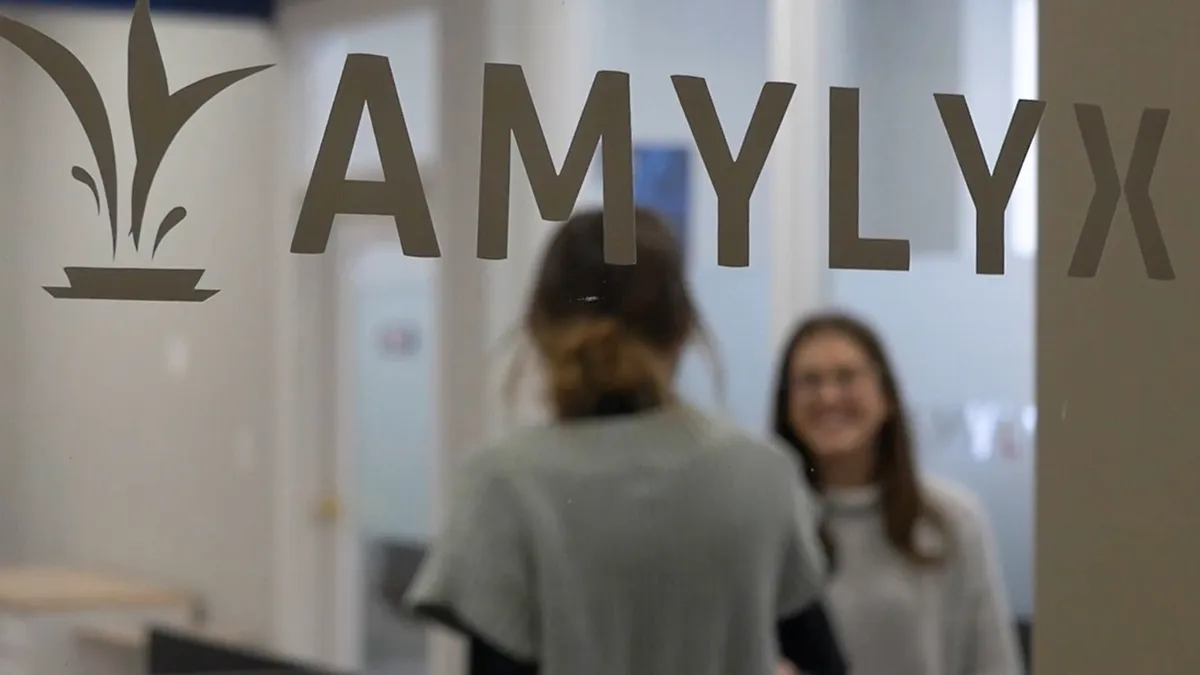The split between major customer relationship management providers Salesforce and Veeva is years away, but the pressure on pharma and biotech companies to consider which path they’ll take is nigh.
Since the divorce was announced in 2022, both Veeva and Salesforce have been busy tinkering with their offerings to appeal to drugmakers who must commit to one or the other by the official split in September 2030. Veeva released its Vault CRM Suite in April 2024, while Salesforce updated its Life Sciences Cloud this month with boosted AI.
While 2030 might seem a distant future, the nature of CRM migration means companies need to make that decision years in advance, said Ernie Payne, senior vice president and general manager of the commercial services practice group at consulting firm Conexus Solutions.
And although the two CRM providers have worked hand in hand since 2007, they’re now at odds to attract the biggest customers. In an informal newsletter reader poll by PharmaVoice this month, 40% said they planned to stick with Salesforce while 25% said they’ll work with Veeva.

The providers should focus not just on the needs of the largest drugmakers, however, but the industry as a whole, Payne said.
“Things seemed great on the surface for a number of years, but once the ‘divorce’ was announced, there seemed to be an arms race of who has declared for whom,” Payne said. “It’s focused on the top 20 pharma companies right now, but it feels a little foolish to disregard small and mid-sized customers.”
Committing to one or the other is more than just loyalty to a brand — companies need to think about what each provider can do for them.
“This is a great time to say, even if I stay with my current CRM, what can I do to improve processes for what I need to do? Can I get better stakeholder buy-in across all the different stakeholders that I maybe didn’t have previously?” Payne suggested. “If you’re a small company, it’s better to take advantage of this time to figure out how you can make it better than what you’re already doing.”
For Tim White, U.S. chief digital and technology officer at pharma giant GSK, a CRM is a critical part of a sales team’s infrastructure, but one that didn’t keep him up at night. And while the company made an early decision to go with Veeva’s Vault, the looming split drove White to consider the importance of the platform to the drugmaker’s growth.
“When you think about CRMs, for years they were just perceived as a territory management system for field reps, allowing us to plan and push stuff back to them,” White said. “But the trick is in the phrase — it should be something that helps us manage a relationship effectively with the customer, and that’s what’s core to making decisions like this.”
Time to move
According to Conexus customer polling, about 20% had fully migrated and become operational with a new CRM as of this month, Payne said. About 30% had made the decision but were yet to start the work. Another 30% were evaluating different solutions, and the remaining 20% were still monitoring the market to see what’s going to happen.
Smaller companies will likely struggle to meet deadlines if they don’t start soon, Payne said, especially if they haven’t planned and executed by 2028. And with budget cycles for 2026 due shortly, that pushes the decision out to 2027, which means the migration might not happen until 2028. By that time, there could be a “traffic jam” as larger companies can muscle their way to the front of the line, he added.
“If you don’t plan for this right away, it’s probably going to get away from you,” Payne said. “As we get closer to 2030, it’s going to get worse, and companies are going to have to settle and make decisions that might cost them more money, or cost them the flexibility and capabilities that they wanted.”
What White and his team at GSK needed most was a platform that allowed them to continue what they have been doing in a seamless way, and their nearly 20-year relationship with Veeva drove their decision to be an early mover, he said.
GSK will be fully migrated by the end of the year, allowing the drugmaker to dig in and figure out what the platform can do for business while avoiding handwringing about its pros and cons.
“Now we can get to thinking about how we can use this and the best things we can do to take advantage of their capabilities versus sitting on the fence, and going back and forth,” White said.
“If you don’t plan for this right away, it’s probably going to get away from you."

Ernie Payne
SVP, general manager, commercial services practice group, Conexus Solutions
Those capabilities are tailored to different needs. While Salesforce is the largest CRM provider across industries and has long committed to AI, Veeva is a life sciences staple that offers a more established user experience. At the same time, both providers are adapting to customer needs and will likely not look too different from one another in years to come, Payne said.
“Both of them have roadmaps that expand beyond the traditional CRM — they’re looking at patient solutions, market access solutions, field contact centers and campaign management,” Payne said. “At the end of the day though, customers that haven’t migrated yet aren’t going to be able to access much of that innovation.”
The plus side? Competition is pushing both providers to develop the best possible platform, Payne said.
“This is an exciting time, and the innovation that’s coming out now is unbelievable,” Payne said. “AI is changing on a daily basis, the models are maturing at a faster pace, and they continue to innovate.”
But Payne hopes providers won’t release anything until it’s ready. Unlike a buggy iPhone release, for instance, using drugmakers for a software test case can have serious impacts.
“You can’t address problems after the fact in the life sciences, and so I caution both providers to pressure-test what they have before it goes out,” Payne said. “You can’t have a bad user experience for companies, patients or healthcare providers.”


















